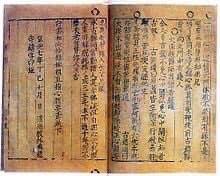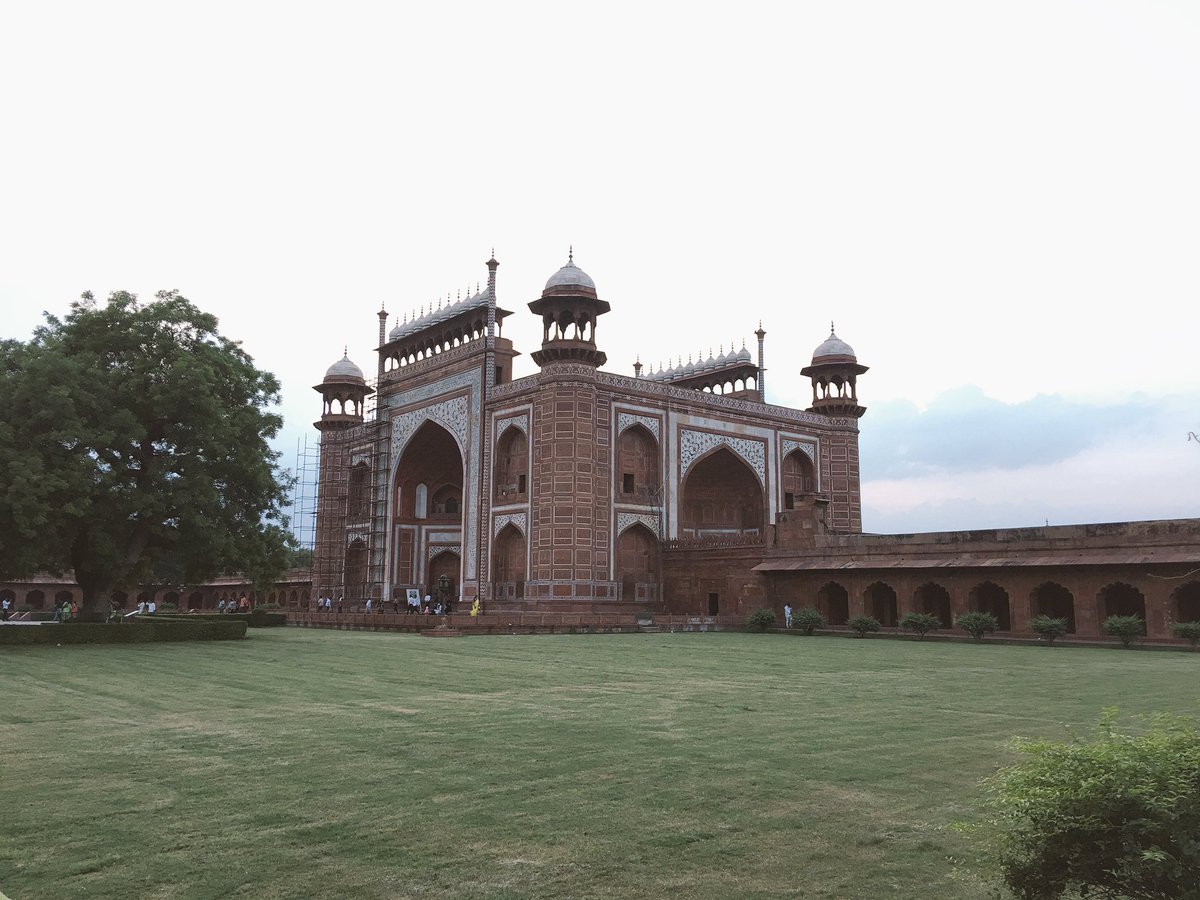#worldbookday
Clay tablets used in Mesopotamia in 3BC. The calamus, triangle shaped instrument was used to make characters in moist clay.
Pic -Clay tablets with cuneiform script
1/

Clay tablets used in Mesopotamia in 3BC. The calamus, triangle shaped instrument was used to make characters in moist clay.
Pic -Clay tablets with cuneiform script
1/


At Nineveh, 22,000 tablets found, dating from the 7c BC- the archive &library of the kings of Assyria
In Ancient Egypt, papyrus was used for writing & first evidence from about 2400 BC
A calamus, the stem of a reed sharpened to a point, or bird feathers were used for writing
2/


In Ancient Egypt, papyrus was used for writing & first evidence from about 2400 BC
A calamus, the stem of a reed sharpened to a point, or bird feathers were used for writing
2/



Papermaking started in China about AD 105, using mulberry and other bast fibres along with fishnets, old rags, and hemp waste
paper used for wrapping & padding was used in China since 2BC paper used as a writing medium only became widespread by the 3C
3/
paper used for wrapping & padding was used in China since 2BC paper used as a writing medium only became widespread by the 3C
3/

The invention of the printing press by Johannes Gutenberg around 1440 marks entry of the book into the Industrial Age
Books printed before Jan 1, 1501, are called incunables.
Jikji, Selected Teachings of Buddhist Sages, earliest known book printed with movable metal type, 1377

Books printed before Jan 1, 1501, are called incunables.
Jikji, Selected Teachings of Buddhist Sages, earliest known book printed with movable metal type, 1377


The first book printed in India was Conclusões e outras coisas Printing in Goa during 1556 CE
first book printed in India in an Indian language was tampirAn vaNakkam in 1578, a 16-page translation of the Portuguese "Doctrina Christam
4/
first book printed in India in an Indian language was tampirAn vaNakkam in 1578, a 16-page translation of the Portuguese "Doctrina Christam
4/
1456: Gutenberg the German genius found out the printing technology. The first book ever printed was the Bible
A printing press was sent from Portugal to Abyssinia. The ship carrying it reached Malabar coast & kept so 1st printing press
5/
A printing press was sent from Portugal to Abyssinia. The ship carrying it reached Malabar coast & kept so 1st printing press
5/

First printing press in India:
at Ambazhakad in kerala in 1556 after ship Carrying press kept in Kerala by Jesuits
Doctrina Christum, a Latin book by St. Francis Xavier was the first publication from Ambazhakad in Kerala
6/
at Ambazhakad in kerala in 1556 after ship Carrying press kept in Kerala by Jesuits
Doctrina Christum, a Latin book by St. Francis Xavier was the first publication from Ambazhakad in Kerala
6/
However , the firstbook printed in any Indian lang from Malabar happened to be a Tamil one - Thampuran Vanakkam
Priest Johanus Gonsalvus carved out the ‘Malabar’ Alphabet.
7/
Priest Johanus Gonsalvus carved out the ‘Malabar’ Alphabet.
7/
Father Hendrick published Malayalam version of Doctrina Christum and 'Thampuran Vanakam' by name 'Christava Vanakkam' in 1579
8/
8/
First time book in Bangla
Nathaniel Brassey Halhed, A Grammar of the Bengal Language (Hugli, India, 1778).
First printed book in Hindi. A Grammar of the Hindoostanee Language (Calcutta, India: Chronicle Press, 1796).
9/
Nathaniel Brassey Halhed, A Grammar of the Bengal Language (Hugli, India, 1778).
First printed book in Hindi. A Grammar of the Hindoostanee Language (Calcutta, India: Chronicle Press, 1796).
9/
First printed book in Oriya. Mrtyuñjaya Bidyalankar, trans.[New Testament] (Shrirampur, India: Serampore Mission Press, 1807).
First printed book in Malayalam. [New Testament] (Bombay, India: Courier Press, 1811).
10/
First printed book in Malayalam. [New Testament] (Bombay, India: Courier Press, 1811).
10/
First printed book in Assamese. William Carey,trans. [New Testament] (Shrirampur, India: Serampore Mission Press, 1813).
First printed book in Telugu. Grammar of Telugu (Shrirampur, India: Serampore Mission Press, 1813
11/11n
First printed book in Telugu. Grammar of Telugu (Shrirampur, India: Serampore Mission Press, 1813
11/11n
• • •
Missing some Tweet in this thread? You can try to
force a refresh

 Read on Twitter
Read on Twitter




















